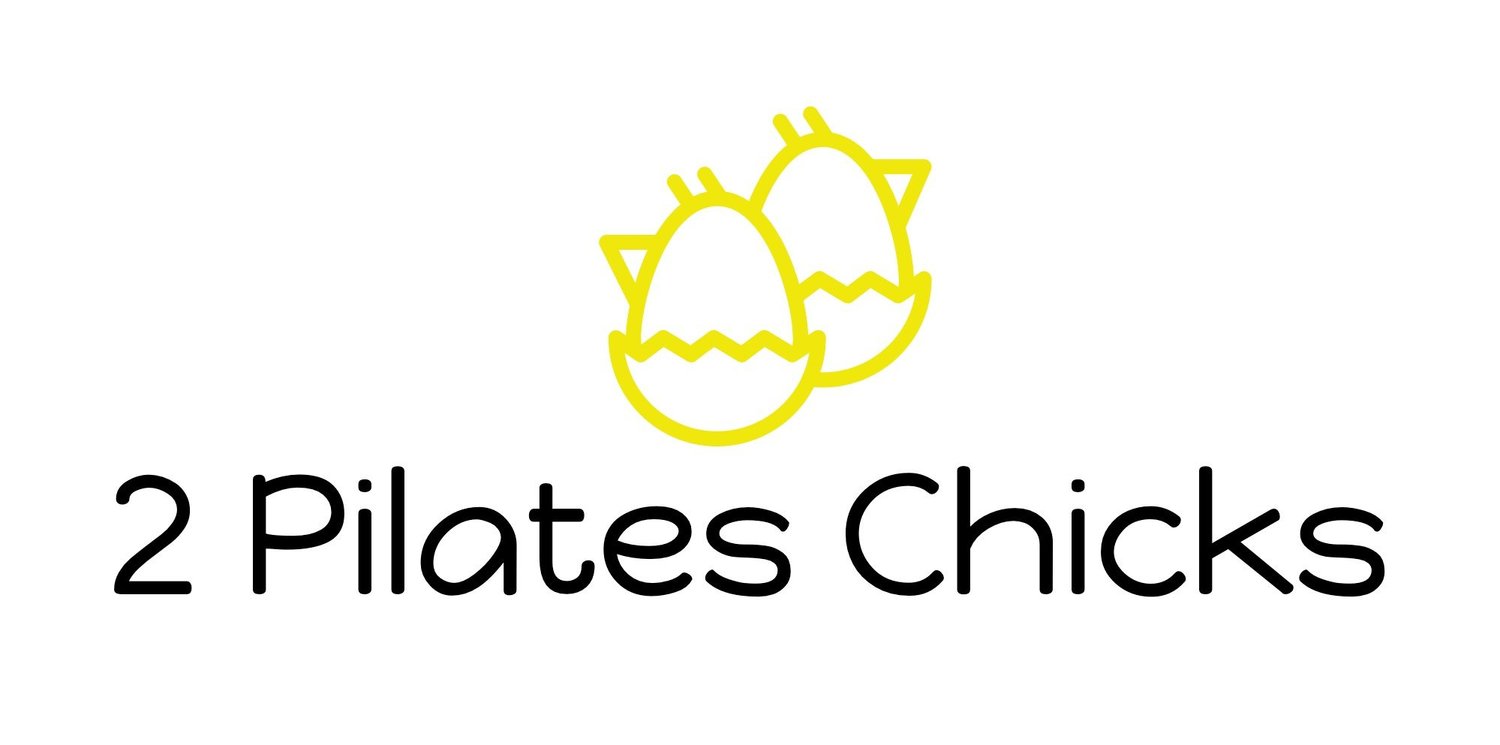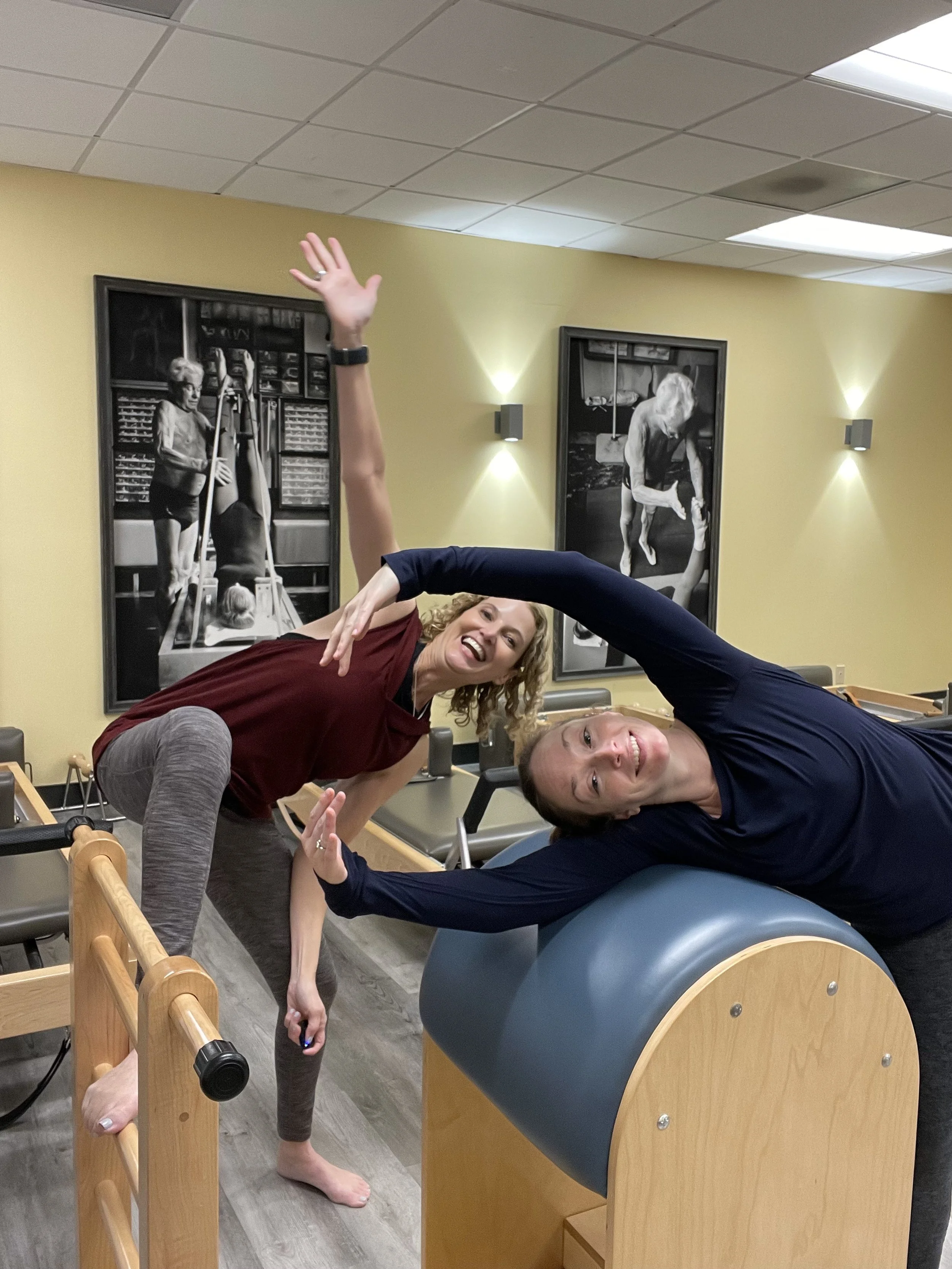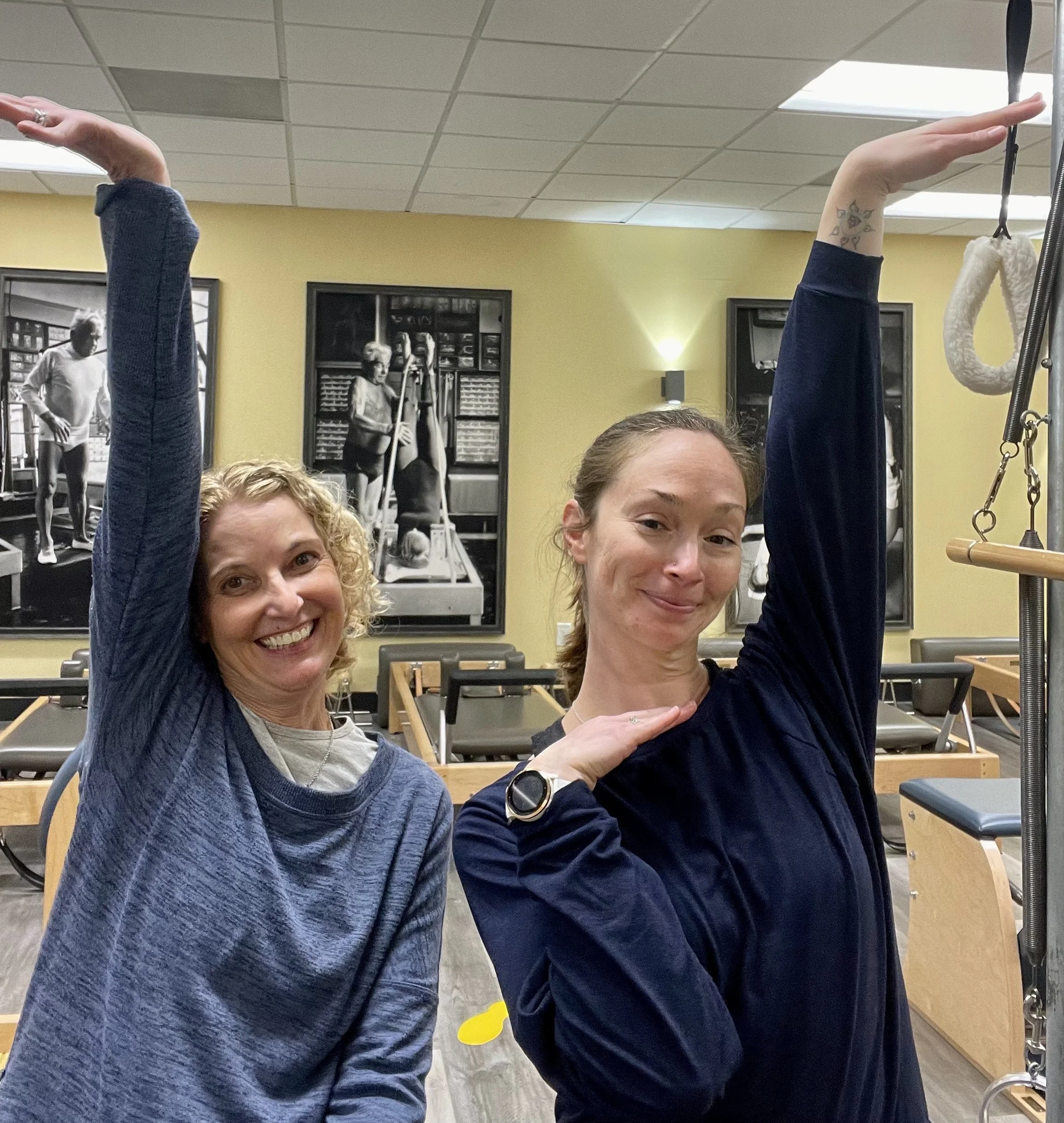Does Posture cause pain?
Does posture cause pain or change the experience of pain? Is there such a thing as perfect posture? Does posture correlate to pain? How does Pilates impact posture?
In Season 5 Episode 13, “Posture and Pain”, we discuss the ideas around posture, what posture means, and how posture and pain are less correlated than most people assume. The most current evidence in studies on posture and low back pain does not show a correlation between sitting or standing posture and pain levels observed in the body. Meaning, that "perfect" alignment does not reduce back pain, and a typical "bad" posture does not generally increase back pain. There is no evidence for a strong relationship between good posture and pain.
The common belief is that good posture protects the spine from injury or damage and treats or prevents back pain. Good posture is assumed to be upright, tall, straight, and aligned. Conversely, bad posture is described as slumping, slouching, rounded, stooped, and is warned against in standing, sitting, and lifting postures. This view is widely held by patients with and without back pain and clinicians and teachers working in health care and fitness settings.
In Pilates, teachers often have clients come in for sessions with the goals of improving posture to stand straighter, look better, and reduce back pain. When clients mention posture, they are referencing a resting neutral posture or a static body position when standing or sitting. However, posture is actually dynamic. Static posture is not beneficial in daily activities. We want to train dynamic posture and alignment to be able to move and adapt to different scenarios throughout the day.
Good posture is taught as standing with the body's static alignment evenly stacked with the ear directly above the acromion process, the greater trochanter, and then the lateral malleolus. This line of head, shoulders, hips, and feet evenly lined up is often used to observe a client's posture. If one of the blocks is too far forward or behind the block directly above or below it, something is misaligned and needs attention. In sitting, good posture is described in ergonomics terms as sitting tall, head aligned evenly over the shoulders and hips, elbows flexed at 90° or slightly more open, wrists neutral at the keyboard, computer screen slightly below eye level, hips flexed at 90° or slightly more open, and feet squarely on the floor.
We can use these guidelines as a generalized tool to see client's overall alignment, but we shouldn't be telling a client they have good or bad posture, that bad posture will increase pain, or that it will cause injury. Increasing fear around bad posture is more detrimental to the client than the actual positioning.
Regardless of how "perfect" someone's posture is, if they're sitting or standing while working, or how aligned they are throughout the body if they don't move and change their position regularly, they will still have pain, stiffness, and discomfort.
Perfect posture is movement. It is safe and allowable to sit at the desk slumped, cross-legged, one leg up on a chair, or anything else if it is comfortable. Once the position becomes uncomfortable and the body starts needing to fidget, that's generally a sign that it's time to shift positions or take a break. If there are certain sitting or standing positions that are uncomfortable for the individual, it is ok to not position the body in that way, even if it is considered a "proper" posture. Eliminate the positions that cause discomfort or distress, and reduce the anxiety around the idea that we're supposed to be aligned in a certain manner.
Most of our day is spent in dynamic postures. We move from place to place, reach for something above, and bend down to pick something up from the floor. The goal of Pilates is not to lock us into a static posture but to train the body to be able to move through various postures and varying positions to build strength in a balanced way throughout the entire body. In this way, we're able to be in whatever positions we want outside of the studio because we train the stability, mobility, and support through movement in the studio, increasing resilience in the tissues to reduce common repetitive movement injuries at work from underutilized tissues.
There is no evidence for a single “good posture” to prevent or reduce back pain. People’s spines come in all shapes and sizes, so posture is highly individualized. Movement is what is most important for back health and pain relief. Many clients who have back pain are observed to have the tendency to brace or guard, which increases painful sensation. A person with guarding tendencies is afraid of bad posture, standing as straight as possible, core muscles engaged, and bracing against the idea of more back pain. However, rigidly upright posture and braced lifting posture are correlated with increased back pain, not the slouching of what we call bad posture.
Back pain is shown to be reduced in studies where clients, who have tendencies to brace and are typically fearful of slumping or bad postures, are taught to round the lower back, even in lifting positions. Back pain is not generally associated with tissue injury or pathology, but is more commonly associated with sudden sprains from tissue overload from an awkward, sudden, or heavy load to which the tissues are unaccustomed. Similarly, back pain is more likely to persist if a person is worried or fearful about back pain or posture, or overprotects their back by reducing movement, bracing core muscles, and avoiding other activities.
Overall, there doesn't seem to be an association between posture and back pain across numerous studies. Where it can make a difference is in movement. It's not about the static positions we hold, but the quality of how we do something, and the movement between postures. In Pilates, we teach the ability to maintain control through full movement and improve coordination, which can reduce pain from various conditions, and increase capability and strength.
An overall increase in full body strength and fitness can be beneficial to pain reduction and improvement in mood and daily experience, especially when dealing with chronic pain and pathologies. Simply targeting static posture or improving core strength alone doesn't make a significant difference. As we do more in the studio the body gets stronger and more capable overall, which can improve overall posture and sensation or experience of pain.
As clients learn to work with and listen to their bodies in the studio, they will begin to feel better and unconsciously move differently outside the studio. We are not specifically working on changing someone's static posture, but they will likely stand and move more functionally, and the dynamic posture will likely improve over time.
There is simply no one ideal posture. Bodies feel better when they are moving or have many moments of movement throughout the day, moving between different postures, activating different muscles, and changing the joint angles throughout the body. Letting go of rigid body postures while increasing movement, posture variability, and breathing will improve physical function and sensation of pain more than any myth of the perfect posture.






